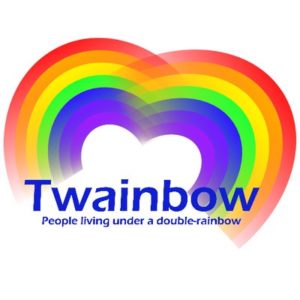Living in a world run by social norms, it can be difficult to be a minority in several respects. When an individual belongs to multiple minorities, this can make the world even more confusing. Individuals on the autism spectrum tend to be less receptive of social expectations or constraints, which thereby allows them to be more themselves without trying to constrain their personalities to fit into these social norms. Due to this inclination, there is a “higher than average incidence of individuals on the spectrum having greater variance and flexibility in the areas of sexual orientation and gender identity and expression.” I will be discussing this intersectionality between autism and LQBTQ+ and what implications it has on both communities.

As just mentioned, autistic individuals have greater flexibility in sexual orientation, gender identity, and expression. They are less susceptible to acknowledging typical gender expression norms and hence are more likely to identify or know that they don’t fit into the binary stereotypes. Additionally, sensory issues may affect these individuals’ gender expressions more than identification with masculine or feminine roles. Dressing for comfort may be put first, which could in some cases lead to inaccurate assumptions about one’s gender and/or sexual orientation. How people choose to express themselves could therefore be a combination of both of these reasons.

One difficulty with the intersectionality of autism and LGBTQ+ lays in the family members of the individuals in this group. It is not uncommon for family in addition to professionals to question their identification with non-mainstream sexual orientation or gender identities because of their autism. Part of this mistrust is out of concern for their loved one in that they may become a part of yet another marginalized, vulnerable group. Additionally, they may think that the reason their loved one feels this way is because they have trouble with understanding social situations and fitting in. Of course, love is love and an autistic individual identifying as something that isn’t heterosexual is sincere and not just a cover.

A common term for people who are both autistic and a part of the LGBTQ+ community is living under a “double-rainbow”. There are very few organizations out there for the intersection of these two groups, but one group that advocates for LGBTQ+ community members who also lie on the autism spectrum is Twainbow. In addition to being a global non-profit group aimed at outreach, education, and research, Twainbow has been turned to as a place for discussion and community engagement.

Of course, there is much more to say with this matter, as there are so many discussions and stories out there at this moment. My older brother is on the spectrum and in a long-term relationship with his boyfriend. It makes me happy to know that people are becoming more and more accepting over the years. Just imagine what the world will be like in fifty years and how many great advances will have happened in the autism community.
Speak Your Mind